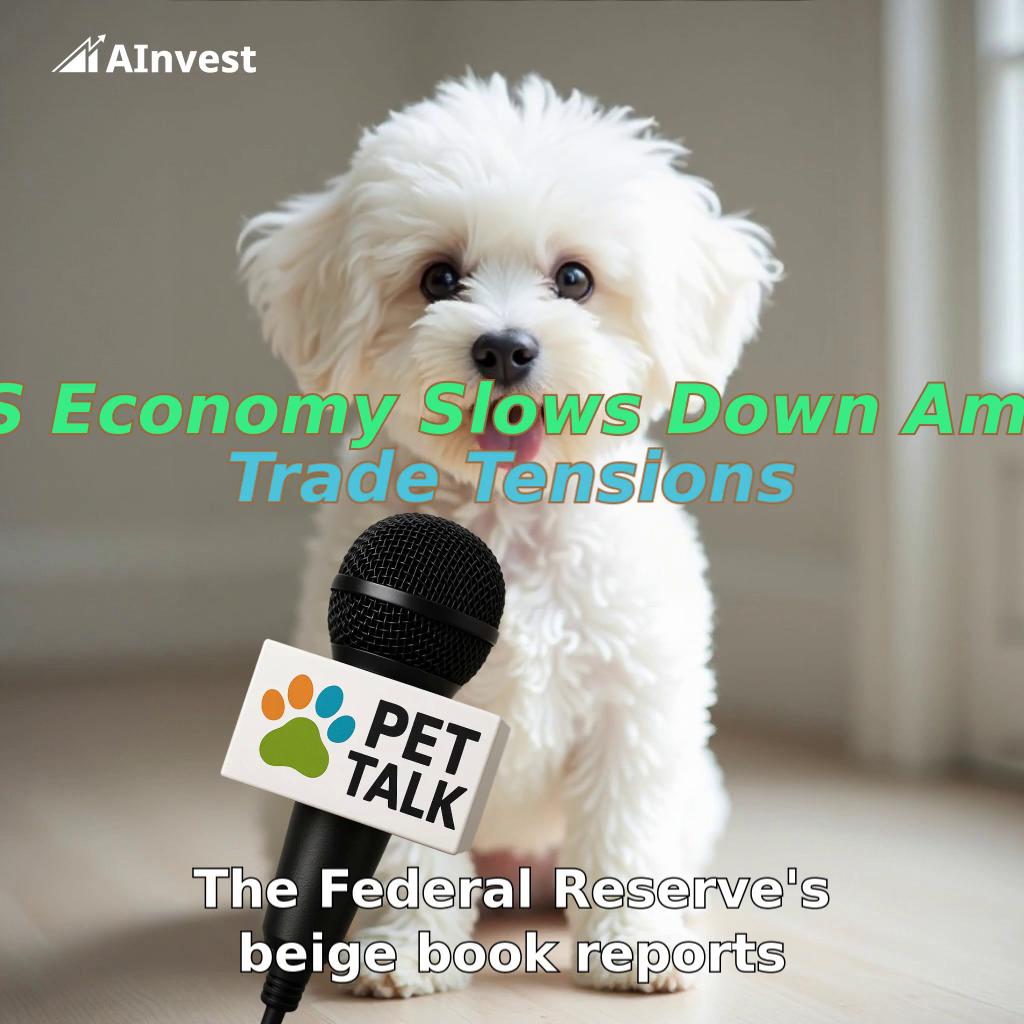Global Manufacturing Suffers Double Dip: Tariffs and Trade Tensions Drive First Yearly Contraction
The U.S. manufacturing sector has entered a period of renewed contraction, with the Institute for Supply Management’s (ISM) Manufacturing Purchasing Managers’ Index (PMI) dropping to 48.7% in April 2025—the second consecutive month below the critical 50% threshold signaling economic expansion. This marks the first contractionary period for global manufacturing activity since late 2024, as tariff-driven inflation, weakening demand, and supply chain bottlenecks intensify.

A Sector in Crisis: Key Drivers of the Downturn
The April PMI contraction is not an isolated event but part of a broader trend fueled by geopolitical trade tensions. Tariffs on Chinese imports, particularly in sectors like electronics and transportation, have disrupted supply chains, inflated input costs, and dampened export demand. The New Export Orders subindex plummeted to 43.1%, its lowest level since April 2009, as global buyers hesitated amid rising prices.
While the S&P Global U.S. Manufacturing PMI registered a milder contraction (50.7% in April), the ISM data paints a grimmer picture, underscoring a widening gap between domestic demand and global trade challenges. Key factors include:
1. Input Cost Inflation: The Prices Index hit 69.8%, a 31-month high, driven by surging costs for steel, aluminum, and critical minerals. Companies reported margin erosion, with 49% of firms noting reduced new orders due to pricing uncertainty.
2. Production Decline: Output contracted sharply to 44%, as factories scaled back to align with weaker demand.
3. Employment Cuts: Manufacturing employment remained in contraction for the third straight month, with layoffs accelerating in industries like transportation and fabricated metals.
Sector-Specific Fallout
Not all industries are equally affected. While petroleum, computer/electronic products, machinery, and chemicals eked out growth, they grappled with tariff-related disruptions. Meanwhile, sectors like transportation equipment and food/ beverage saw steep declines:
- Transportation Equipment: Orders collapsed as automakers and parts suppliers faced delays in tariff-sensitive materials.
- Fabricated Metals: Input cost spikes and export declines eroded competitiveness.
The Broader Economic Implications
Despite manufacturing’s contraction, the broader U.S. economy expanded for the 60th consecutive month, supported by services sectors. However, manufacturing’s struggles—accounting for 41% of GDP contraction in April—threaten to slow broader growth. The ISM report estimates the April PMI aligns with 1.8% annualized GDP growth, down from earlier forecasts.
Investment Implications: Navigating the Headwinds
Investors should approach manufacturing-linked equities with caution:
1. Avoid Tariff-Exposed Sectors: Industries like transportation equipment (e.g., Boeing, Caterpillar) and metals face elevated risks.
2. Focus on Resilient Sectors: Technology firms with domestic supply chains or pricing power (e.g., semiconductor leaders) may weather inflation better.
3. Monitor Trade Policy Developments: A resolution to tariff disputes could reverse the downturn, but uncertainty persists.
Conclusion: A Crossroads for Global Manufacturing
The April PMI data underscores a sector in crisis, with contraction now deeper and more widespread than in early 2025. With 41% of manufacturing GDP contracting and input costs at multiyear highs, the path to recovery hinges on easing trade tensions and stabilizing demand.
The data paints a clear picture: unless policymakers address tariff-driven disruptions and supply chain bottlenecks, the manufacturing sector’s contraction could extend well into 2025, dragging down broader economic growth. Investors would be wise to prioritize agility and diversification, avoiding overexposure to industries most vulnerable to trade-related shocks.
For now, the manufacturing sector’s struggles serve as a cautionary tale—a reminder that geopolitical risks and global supply chain fragility remain critical factors in the investment landscape.


_442a2dcc1749832873286.jpeg)
_e68fac6d1749831664430.jpeg)






